SUMMARY
This is AI generated summarization, which may have errors. For context, always refer to the full article.
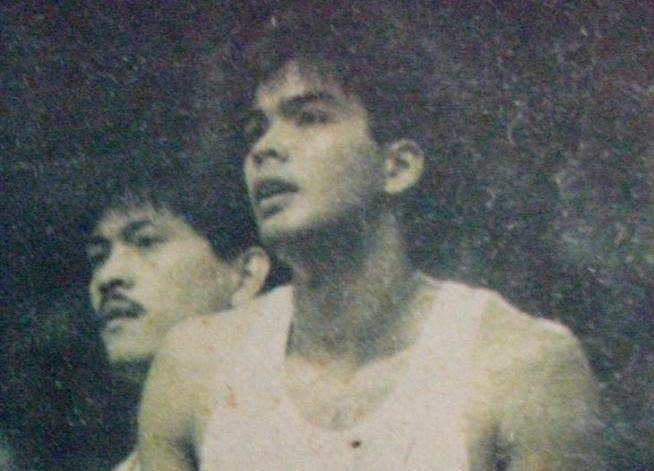
MANILA, Philippines – Venancio “Benjie” Paras could have been a Red Warrior. As a kid playing in the barangay leagues of Santol, Sta Mesa, he dreamt of studying high school at the University of the East.
“I wanted to learn from the Maestro, Crispa coach Baby Dalupan, who was the school’s athletic director,” he explained.
Paras was eventually invited by a scout to try-out with the Red Cubs of Mendiola. He ended up enrolling at San Beda where he made the varsity in his first year.
Just 13 years old but already a 6-foot-2 center, Paras became part of coach Ato Badolato’s regular rotation. This included future PBA players Ronnie Magsanoc, Eric Altamirano, Dindo Pumaren, Gerry Esplana, and Macky De Joya.
It was under Badolato that Paras refined his game. “The game evolved for me when I was in San Beda,” he said.
“I learned from the plays designed by coach Ato. He also employed a lot of full court trapping defense to take advantage of our loaded backcourt,” narrated the man who would become known as the Tower of Power.
Paras was such a dominant force at a young age that by the time he reached his junior year in high school, he was already practicing with the college varsity. He also joined the Red Lions in smaller collegiate tournaments.
But Paras needed a bigger playground. At the time, San Beda left the NCAA and that limited him to playing in the Metro Manila Basketball League and Inter-secondary school competitions.
This, among other reasons, prompted Paras to move to the UAAP after he was persistently recruited by the University of the Philippines in 1986.
Like the Army
UP back then was known as a donut team – a perennial title contender that had all the materials of a champion team except that it had a hole in the middle. Paras was the center the team badly coveted.
College basketball was a totally different arena, as Paras would discover. He was used to thrice a week practices in high school. In UP, they practiced twice a day under a brilliant but mercurial coach known as the Bobby Knight of Philippine basketball.
“Being under coach Joe Lipa was like being in the Army,” Paras recalled good-naturedly.
“He was a very strict disciplinarian. He was also very thorough in our preparations. One just had to learn to take it from him.”
That same year, the 17-year-old Paras also debuted in the Philippine Amateur Basketball League (PABL) with Converse-Milkland.
This further toughened him for the UAAP, which in the years 1986-1987, featured a field of high quality big men: Jack Tanuan of FEU, Jerry Codiñera of UE, Dickie Bachmann of La Salle, the UST twin towers of Gido Babilonia and Rabbi Tomacruz, and the Ateneo triple towers of Danny Francisco, Eric Reyes, and Alex Araneta.
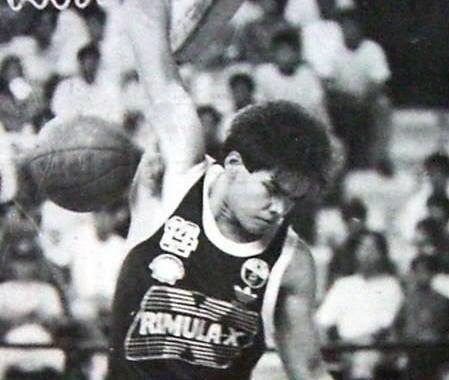
But 1986 was the year of the Tower of Power. Not only would Paras be instrumental in piloting UP to the UAAP title against heavy favorite UE, but he would also be the main man of the Philippine youth team tasked to defend home turf in the 9th Asian Basketball Confederation (now known as the FIBA Asia) Youth Championships held in Manila.
Paras averaged 16.8 points in the tournament. The RP Youth also featured his UP teammate Joey Guanio, Nelson Asaytono of University of Manila, Bong Alvarez of San Sebastian, Bachmann, Zaldy Realubit of University of San Jose-Recoletos, Bobby Jose of UST, Romulo Orillosa of Adamson, and Jun Reyes and Eric Reyes of Ateneo.
Punishing schedule
With Paras proving to be unstoppable, the Philippines convincingly won over Japan on opening day. They then escaped with a 95-93 victory over a tough Chinese-Taipei squad bannered by the Loach Dragon, Cheng Chi-lung, who along with Song Ligang of China led the tournament in scoring.
After an easy win over Hong Kong in front of a sparse crowd of less than 500 at the Rizal Coliseum on December 31, the RP Youth defeated defending champion South Korea on New Year’s Day, 107-96.
The stage was set for a finals showdown between the Philippines and China. It also featured a tantalizing encounter between Paras and China’s own rising star, Ma Jian.
The Philippines, though, could not quite keep up with China in the championship match as Paras was slowed down by foul trouble.
By 1987, Paras was already a member of the Philippine men’s senior team. He would form the team’s fronline along with Codiñera, Realubit, Asaytono, and Alvin Patrimonio of Mapua.
The adage “basketball never stops” could very well have applied to Paras that year as he had to juggle his time playing for the national team, his college team, and his commercial team Philips Sardines in the PABL.
“I would wake up at 5 am to commute to Rizal for 7 am practice,” said Paras, recalling a typical day for him.
“I would be in practice until noon, rest a bit, and practice again after lunch. I would go to class after, then practice again with UP.”
The punishing schedule would go on until the following year when he won the PABL MVP and the Maharlika Cup title.
The packed schedule eventually took its toll on Paras. “Pagod na ako (I was tired),” he said.
So by 1989, at the age of 20, Paras decided to turn pro.
Power and grace
Paras would kick up a storm never before seen from a rookie when he joined the PBA.
In his second month as a pro, Paras exploded for 50 points in a game against Alaska. He ended his first year in the PBA with averages of 25.8 points, 13 boards, and 2.6 blocks.
Even veterans who tried intimidating him with physical plays didn’t stop him.
“Ganoon naman mula noong high school pa lang ako. Kaya nasanay na akong maging batak,” said Paras. “Kailangan lang ng fighting spirit to never back down from anyone.”
(It has been like that since I was in high school. That’s when I got used to it and ended up well-trained . You just need the fighting spirit to never back down from anyone.)
By the end of the 1989 season, Paras captured the Most Valuable Player award as a rookie.
To this day, Paras still owns the distinction as the only PBA player to win the Rookie of the Year and the MVP awards at the same time.
Paras credits Perry Ronquillo as the coach whom he learned from the most.
“Open siya sa mga suggestions. Tapos nakakalaro na ako sa labas when he was my coach,” said Paras, who, by adding an outside shot to his repertoire, became a bigger offensive threat.
(He was open to suggestions. I learned how to play at the backcourt when he was my coach.)
This also helped lengthen Paras’ period of dominance as he claimed his second MVP award in 1999.
Paras’ brute strength was a nightmare for defenders during an era when illegal defense was still called and bigs were expected to post up and pound it down low.
He revealed, though, that he had the most difficult time when he was guarded by Chito Loyzaga, who was an immovable force in the low block.
Other players Paras found challenging to defend were Ramon Fernandez and Abet Guidaben, two centers who combined their agility and skills with veteran smarts.
When pressed to come up with his PBA first five with him as the starting center, Paras named Patrimonio, Magsanoc, Allan Caidic, and Hector Calma as part of his lineup.
Over 3 decades since he joined the PBA, Paras remains the benchmark by which all rookies are measured.
As basketball historian Jay P. Mercado puts it: “At a time when we were used to the finesse of Fernandez, Guidaben, and Manny Victorino who played with flair and guile, Paras practically revolutionized the center position with his power and grace.” – Rappler.com
Add a comment
How does this make you feel?
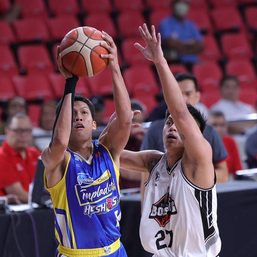
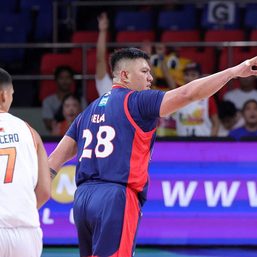
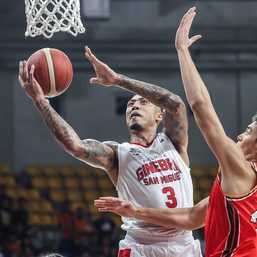
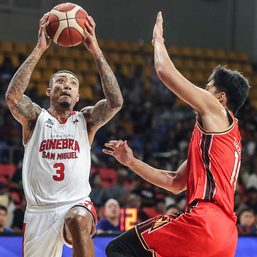
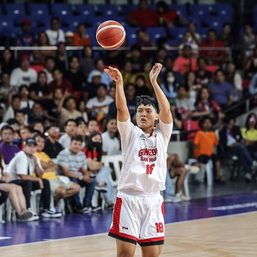
There are no comments yet. Add your comment to start the conversation.